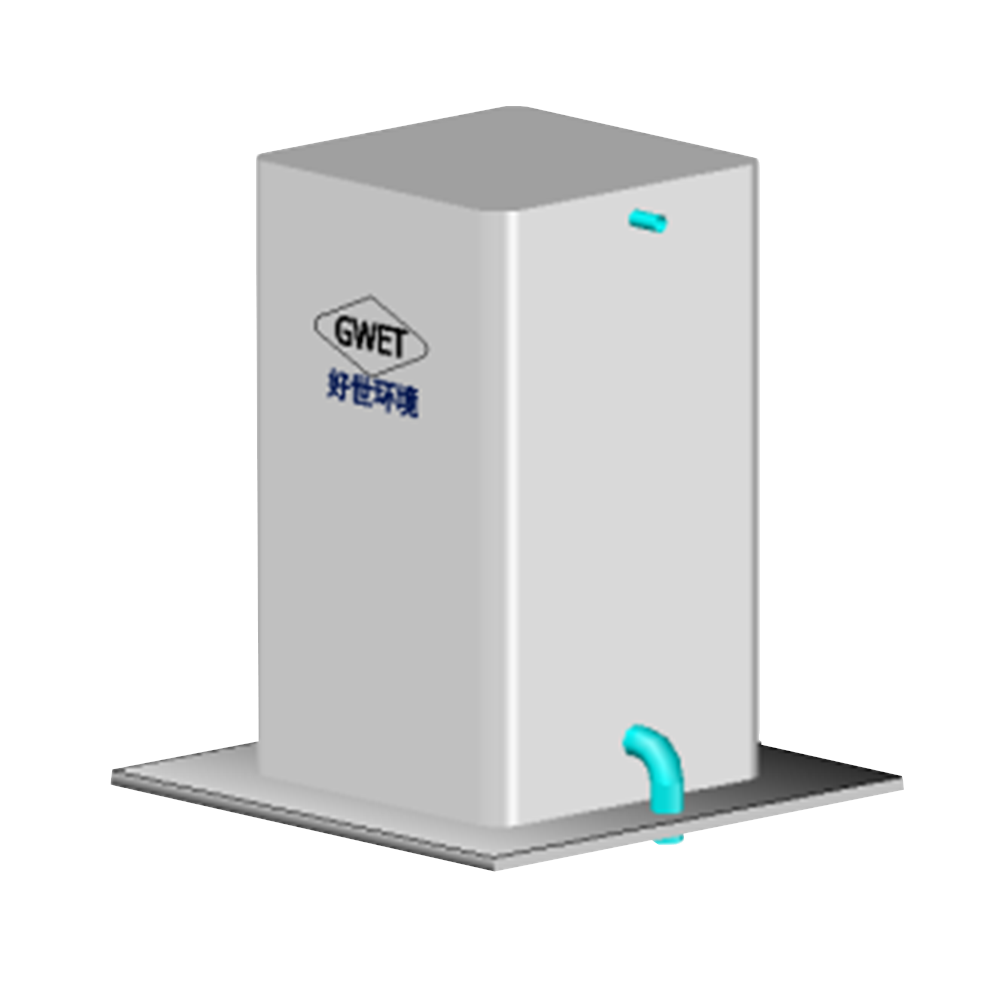2025-05-26
Scalability is often the deciding factor when industrial or municipal facilities plan wastewater treatment upgrades. Traditional systems can be cumbersome, requiring significant space, extensive civil works, and long construction times. The GBR high-efficiency bioreactor, with its modular design, offers a smarter alternative—one that adapts to growing capacity demands without disrupting existing operations. This approach not only reduces the initial investment burden but also makes long-term expansion a practical and cost-effective possibility.
The core advantage of a modular bioreactor system lies in its flexibility. Each GBR unit is a self-contained treatment module that can operate independently or be linked with others to meet increasing flow volumes or stricter effluent standards. This plug-and-play capability simplifies planning and allows for phased investment. Facilities no longer need to build oversized systems based on future projections—they can start with what they need today and scale up gradually as demands grow. This adaptability is particularly valuable in dynamic industrial settings where wastewater volumes may fluctuate over time.
From an engineering standpoint, the GBR high-efficiency bioreactor’s modular structure is more than just a matter of form. Its vertical, integrated design combines aeration, sedimentation, and biological treatment in one compact unit, minimizing its footprint by up to two-thirds compared to traditional configurations. This is a critical advantage in land-constrained environments such as urban districts, coastal zones, or factories with limited expansion space. The ease of transport, installation, and integration also reduces project timelines significantly—making it an ideal choice for clients seeking faster deployment.

Operational continuity is another major benefit. When capacity upgrades are needed, additional GBR modules can be brought online without shutting down the existing system. This means no service interruption and no risk of compliance violations during transitions. Maintenance can also be staged, with specific modules taken offline while others continue running, enabling uninterrupted treatment even during repair or cleaning work. This modular resilience adds a layer of operational reliability that many conventional systems simply can’t offer.
In terms of lifecycle management, modularity simplifies everything from inventory and spare parts planning to training and system upgrades. Since each GBR unit shares the same core components, operators can standardize maintenance procedures and streamline spare part stocking. Over time, this reduces operating complexity and cost. Even software updates and IoT enhancements can be rolled out incrementally, allowing facilities to stay technologically current without a full system overhaul.
Importantly, this design philosophy aligns well with the expectations of modern infrastructure procurement. Decision-makers today seek not just performance but adaptability, and the GBR high-efficiency bioreactor delivers both. It’s engineered for growth, optimized for performance, and designed with practical deployment in mind. For any organization that anticipates changing wastewater profiles or evolving compliance needs, this modular system offers a future-proof foundation.
As a manufacturer with deep experience in environmental engineering and system integration, we know what it takes to deliver both technical excellence and operational peace of mind. The modular GBR bioreactor isn’t just a piece of equipment—it’s a scalable solution tailored for real-world demands. Whether you’re planning a new installation or retrofitting an existing site, our systems are built to grow with your business, not hold it back.